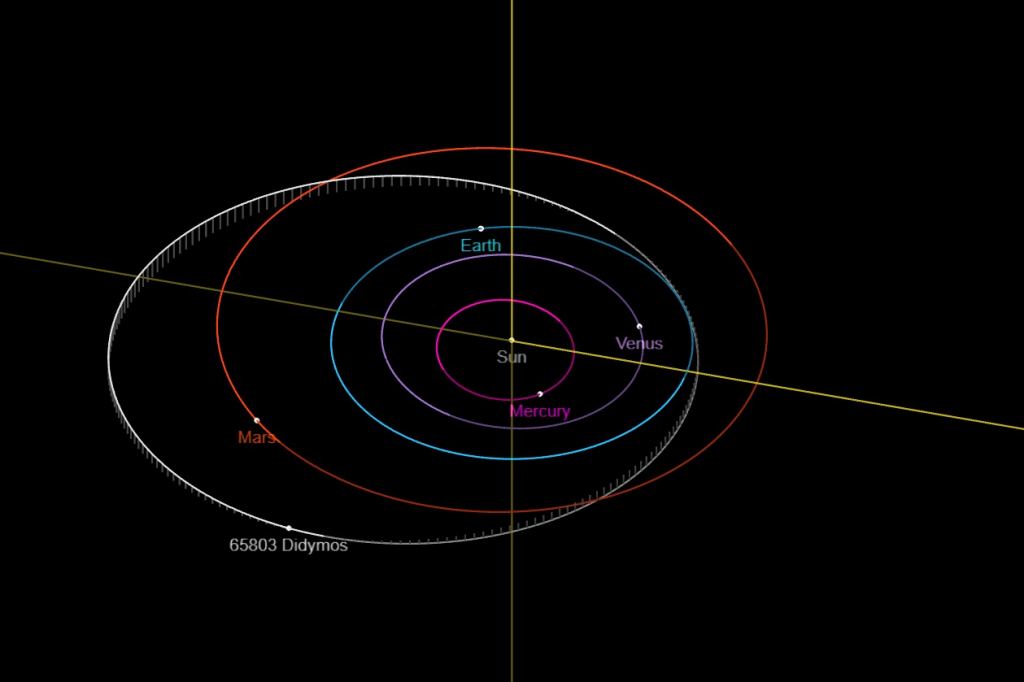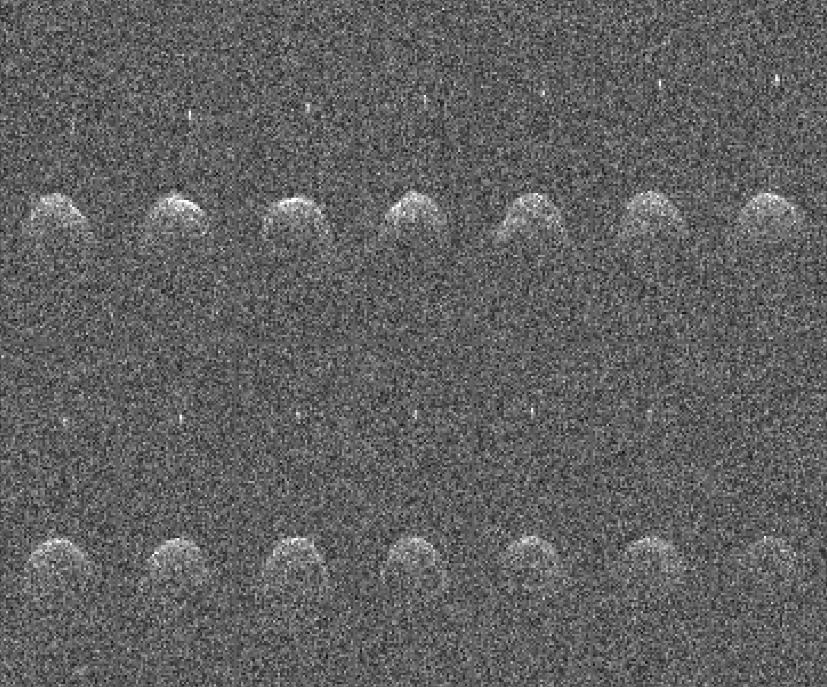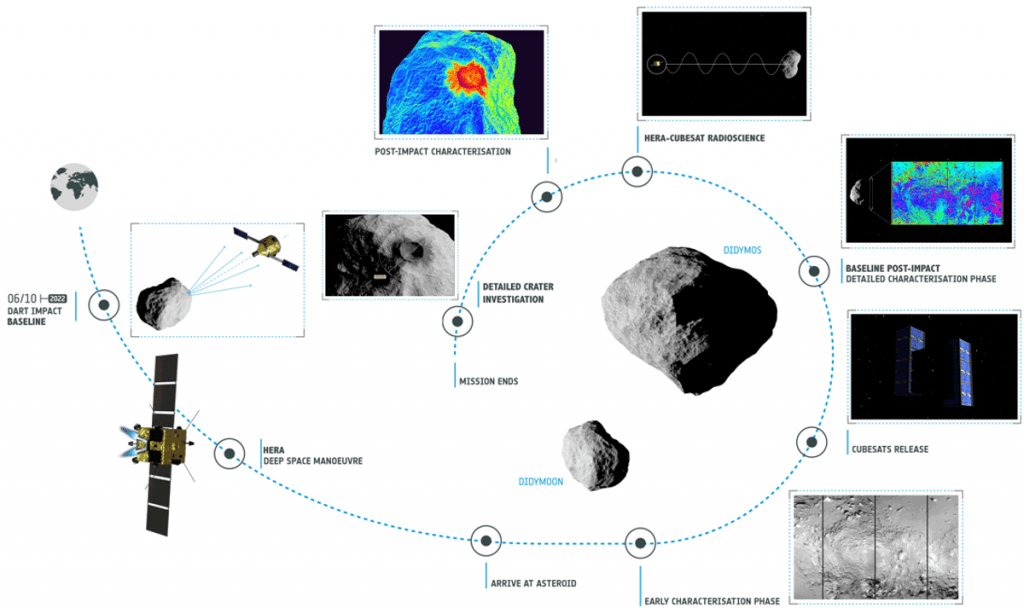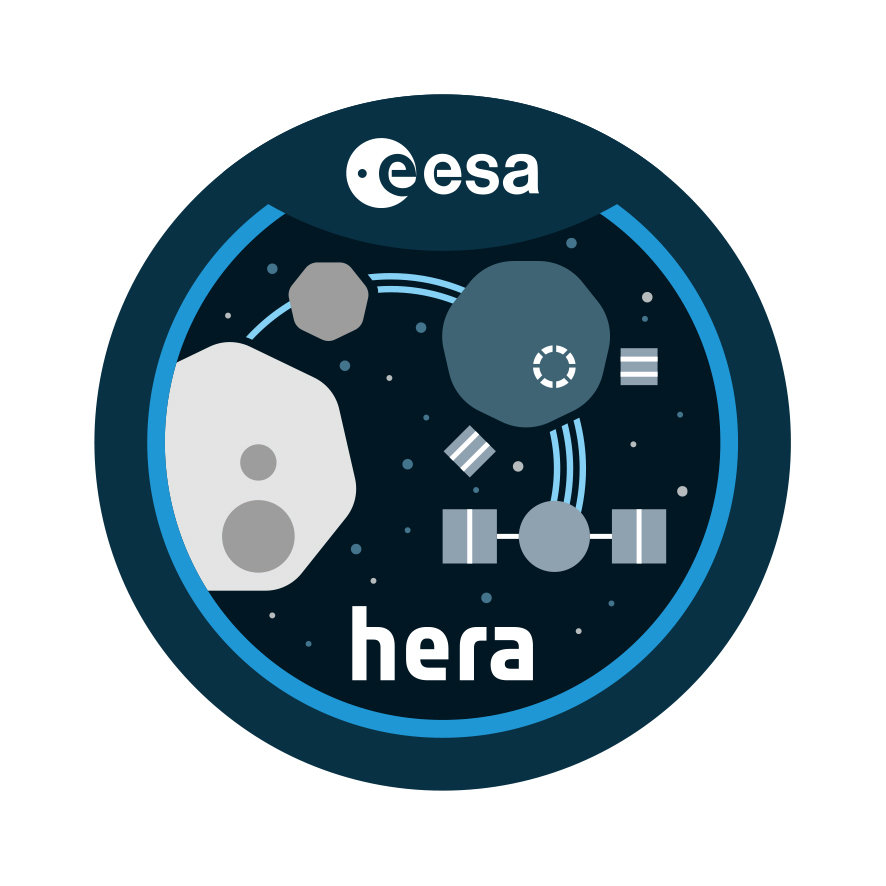The European Space Agency is looking to recruit amateur astronomers to help characterize possible secondary targets for the upcoming Hera asteroid rendezvous mission.
The mission is Hera, the ESA's asteroid exploration mission headed to asteroid 65803 Didymos later this decade. Born of the on-again, off-again Asteroid Impact and Deflection Assessment (AIDA) initiative, The mission was given the green light for construction and design at the recent Space19+ conference, held in November 2019 in Seville, Spain. The mission will take just over two years to reach Didymos, which is 800 meters across and orbits the Sun once every 770 days. Hera will also carry two 6U cubesat missions, APEX (the Asteroid Prospection Explorer) and Juventas, which will attempt to land on Didymos. The Japanese Space Agency (JAXA) may also provide a small impactor. Hera will inspect the damage done by NASA's contribution to the AIDA project, the Double Asteroid Redirection Test DART impactor, set to launch in July 2021 for an October 2022 impact.
Didymos is a known binary asteroid with a tiny 170 meter in diameter companion orbiting the primary once every 12 hours. This companion was seen by Arecibo radar during a close, 7.2 million kilometer Earth pass in 2003. Didymos will make an even closer 6 million kilometer pass near the Earth in November 2123.
A Call to Amateur Astronomers
Hera is expected to pass several other small worldlets during its cruise phase through the asteroid belt. The ESA European Space Operations Centre (ESOC) has drawn up a target selection list of potential en route asteroids, and researchers are looking to recruit amateur astronomers to observe and help characterize these prior to observation.
"For a 2.5-kilometer asteroid employing Hera's main Asteroid Framing Camera, we would aim for a flyby distance of 500 kilometers," says Michael Küppers (ESA-Hera Project Scientist) in a recent press release. "but close approaches without real flybys are still useful, as they allow asteroid observations from angles unachievable from Earth."
Amateurs have assisted missions in the past, including capturing stellar occultations of 486958 Arrokoth (neé 2014 MU69) ahead of New Horizons' New Year's Day 2019 flyby. In this instance, amateur observations nabbed the two lobe nature of 486958 Arrokoth prior to flyby, vindicating occultation science for remote objects. Amateurs also carried out key perihelion observations for Comet 67P Churyumov-Gerasimenko for ESA's Rosetta mission, which was terminated after it came to rest on the comet's surface on September 30th, 2016.
But tracking down these tiny space rocks won't be easy: the brightest of the seven short-listed asteroids tops out a +15thmagnitude, in range of only the largest, light-bucket backyard telescopes. Of the seven short-listed asteroids, only three have well characterized brightness measurements and rotation rates: that's where amateur observers come in.
The seven targets are:
-2.7 kilometer 10278 Virkki
-69330 (1993 HO2)
-4.2 kilometer 114136 (2002 VZ58)
-115401 (2003 SK291)
-1.7 kilometer 203894 (2003 FS 116)
-513286 (2006 XG12)
-203276 (2001 RM48)
This are all tough targets, faint objects requiring precise tracking and large optics; your best bet is to generate a precise ephemeris using the JPL-Small Database Browser to pin down the given asteroid's location as a faint, slowly moving 'star' against the background.
Hera will launch in 2024 atop the new Ariane-6 heavy lift rocket, possibly slated for its inaugural launch by the end of 2020.
It's rapidly becoming the 'Golden Age of Asteroid exploration': NASA’s Dawn mission finished up its historic exploration of 4 Vesta and 1 Ceres in October 2018. Meanwhile, NASA’s OSIRIS-Rex is set to perform a sample collection maneuver this year in August on asteroid 101955 Bennu, while the Japanese Space Agency's Hayabusa 2 mission just departed asteroid 162173 Ryugu for Earth return with its precious cargo at the end of this year in December, 2020.
Now is a great time to contribute a small part to the future of space exploration.
 Universe Today
Universe Today




